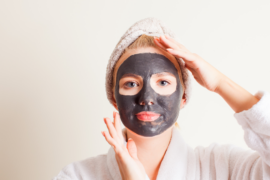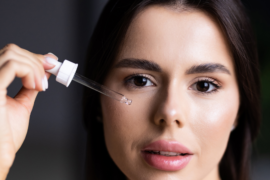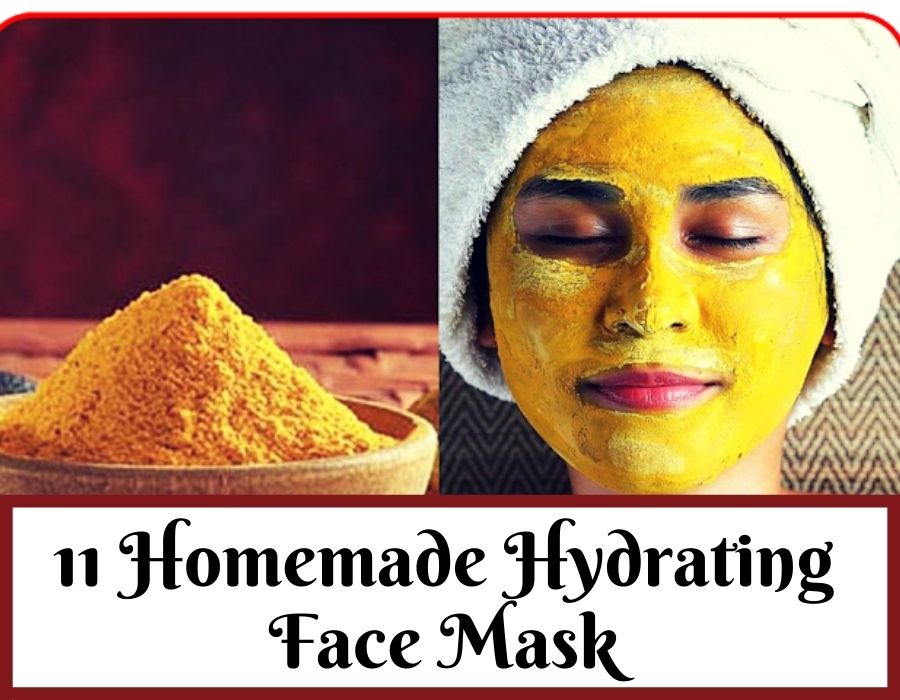We all want glowing, healthy and flawless skin. But sometimes pimples or acne marks destroy this dream. Taking care of acne and pimple marks is one of the most important things, as it can last forever. Check out the blog to learn more about the pimple scars treatment at home.
Therefore, today, we have brought you home remedy for pimple marks treatment. Using the following home remedies helps to keep your skin clean and clear. These home remedies are safe and do not cause any side effects.
Types of Acne Scars
1. Atrophic Scars
Atrophic scars are the most common type and occur when the skin loses collagen during the healing process, resulting in depression in the skin. There are three subtypes:
- Ice Pick Scars: These are small, deep indentations resembling puncture wounds. They are often found on the cheeks and are difficult to treat due to their depth.
- Boxcar Scars: These scars are wider and have defined edges, resembling a box-like depression. They typically occur on the lower cheeks and jawline and are caused by severe acne or conditions like chickenpox.
- Rolling Scars: Characterized by a wavy or uneven surface, rolling scars have sloping edges and can vary in depth. They are caused by bands of scar tissue that form beneath the skin.
2. Hypertrophic and Keloid Scars
These types of scars are raised rather than depressed and occur when there is an overproduction of collagen during the healing process.
- Hypertrophic Scars: These are firm, raised scars that are typically the same size as the original acne lesion.
- Keloid Scars: Keloids extend beyond the original acne site and can be larger than the original lesion. They may be itchy or painful.
3. Post-Inflammatory Hyperpigmentation (PIH)
While not a scar in the traditional sense, PIH refers to dark spots that remain after acne has healed. These spots occur due to excess melanin production and are more pronounced in individuals with medium to dark skin.
How do they look-
- Ice Pick Scars: Small, narrow, deep indentations.
- Boxcar Scars: Broad, shallow depressions with sharp edges.
- Rolling Scars: Wavy, uneven skin texture.
- Hypertrophic Scars: Firm, raised areas resembling the original acne spot.
- Keloid Scars: Raised scars that extend beyond the original acne lesion.
- Post-Inflammatory Hyperpigmentation: Dark spots that appear on the skin.
Pimple Scars Treatment at home
1. Apple Cider Vinegar-
Apple cider vinegar (ACV) is known for its antibacterial and exfoliating properties. The acetic acid in ACV can help balance skin pH, reduce inflammation, and promote the shedding of dead skin cells, potentially improving skin texture and fading scars over time.
How to use:
- Take 1 part of ACV
- Mix it with 4 parts of water.
- Apply the diluted ACV with the help of a cotton ball.
- Leave it for 10-15 minutes.
- Wash it off with cold water.
2. Coconut Oil-
Coconut oil is rich in fatty acids and has moisturizing and antibacterial properties. It can help hydrate the skin and promote healing, which may reduce the appearance of scars.
How to use:
- Take some coconut oil
- Apply the coconut oil on your face.
- Massage the oil on your face.
- Leave it to get absorbed.
3. Rosehip Oil-
Rosehip oil is high in essential fatty acids and vitamins A and C, which are known to promote skin regeneration and improve skin texture. It may help lighten scars and improve overall skin tone.
How to use:
- Take a few drops of rosehip oil.
- Apply it on your face.
- Massage the oil on your face.
- Let it get absorbed.
4. Lemon-
Lemon juice contains citric acid, which has natural exfoliating properties. It can help lighten hyperpigmentation and promote new skin cell growth.
How to use:
- Take some fresh lemon juice.
- Apply the juice to your face.
- Leave it for 10 minutes.
- Wash it off with lukewarm water.
5. Egg Whites-
Egg whites are rich in proteins and vitamins that can help tighten the skin and promote healing, potentially reducing the appearance of scars.
How to use:
- Take an egg white.
- Whisk the egg white properly.
- Apply it on the scars.
- Let it dry completely.
- Wash it off with cold water.
6. Aloe Vera Gel-
Aloe vera is well-known for its soothing and healing properties. It can help hydrate the skin, reduce inflammation, and promote the healing of scars.
How to use:
- Take some fresh aloe vera leaf.
- Extract the gel out of it.
- Apply the gel on the scar.
- Massage the gel on the face.
- Leave it to get absorbed.
7. Olive Oil-
Olive oil is a natural moisturizer that can help nourish the skin and improve its elasticity. Its antioxidant properties may also aid in skin repair and regeneration.
How to use:
- Take some olive oil in your hand.
- Apply the oil to your face.
- Massage the oil on your face.
- Let it get absorbed.
8. Cucumber-
Cucumber has hydrating properties and contains antioxidants that can help soothe the skin and reduce inflammation. It may also help lighten scars over time.
How to use:
- Take cucumber slices.
- Place the slices on your pimple marks.
- Leave it for 30-40 minutes.
- Wash it off with cold water.
9. Honey-
Honey is renowned for its moisturizing and healing properties. It acts as a natural humectant, drawing moisture into the skin, which helps in healing and repairing damaged tissues.
How to use:
- Take some amount of honey.
- Apply the honey to your face.
- Massage the honey on your face.
- Let it get absorbed.
10. Turmeric-
Turmeric contains curcumin, which has anti-inflammatory and antioxidant properties. It helps in reducing redness and promotes healing, making it effective for acne scars.
How to use:
- Take some turmeric powder.
- Mix it with water to make a paste.
- Apply the paste to your scar.
- Let it get dry.
- Leave the paste for 15-20 minutes.
- Wash it off with lukewarm water.
11. Sandalwood-
Sandalwood is traditionally used in many cultures for its cooling and soothing properties. It helps in reducing scars and blemishes while providing a calming effect on the skin.
How to use:
- Take some sandalwood powder.
- Mix it with rose water.
- Form a paste.
- Apply the paste to your scar.
- Let it stay for 15-20 minutes.
- Wash it off with lukewarm water.
12. Baking Soda-
Baking soda acts as a gentle exfoliant and has natural bleaching properties, making it effective in fading dark spots and scars.
How to use:
- Take 2-3 tbsp. of baking soda.
- Add some water to form a paste.
- Apply the paste on your scar.
- Leave it for 10 minutes.
- Wash it off with lukewarm water.
13. Potato Slices-
Potatoes are rich in vitamins and minerals, particularly vitamin C, which helps in skin repair and lightening scars.
How to use:
- Take some fresh potatoes.
- Cut them into thin slices.
- Rub the potato slices directly on your face.
- Do it for 30 minutes.
- Wash it off with lukewarm water.
So, above are the simple and effective pimple scars treatment at home. From the brightening powers of lemon and the exfoliating benefits of baking soda to the nourishing properties of coconut oil and the soothing effects of aloe vera, nature provides us with an abundance of solutions to achieve clear, radiant skin.
While home remedies can be incredibly helpful, it’s important to consult with a dermatologist if your acne or scarring persists or worsens. They can provide personalized advice and, if necessary, prescribe more targeted treatments.
Have you ever tried any of the above home remedies for your acne treatment?










Comments are closed.